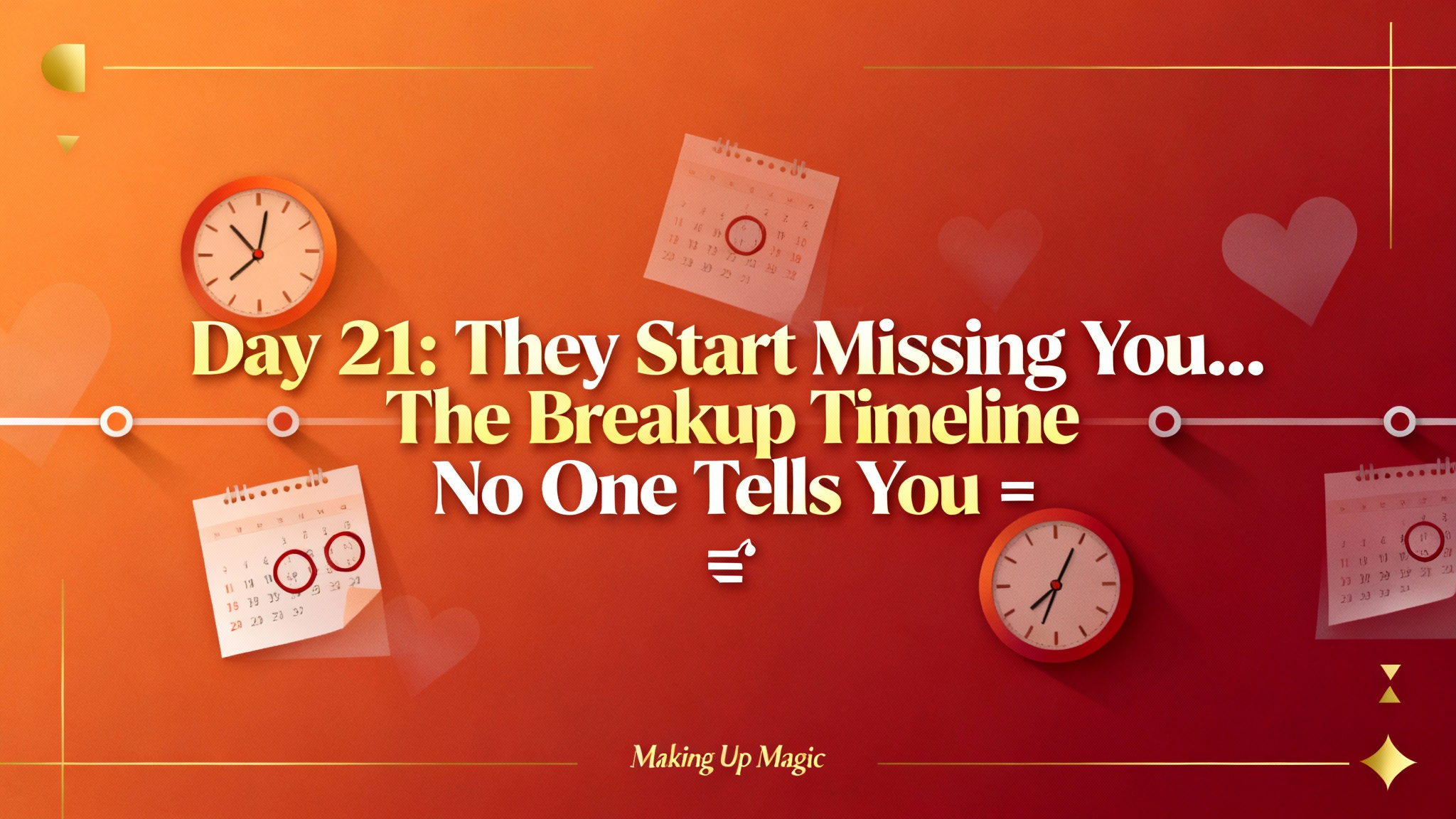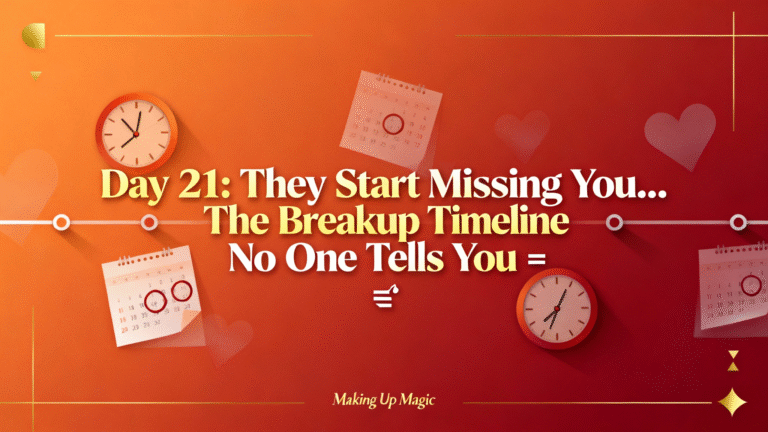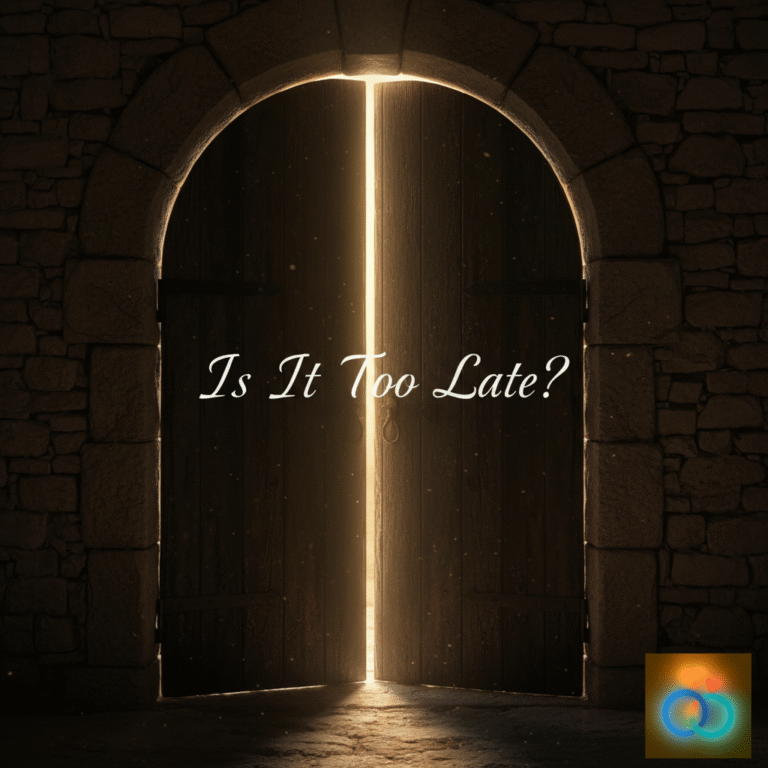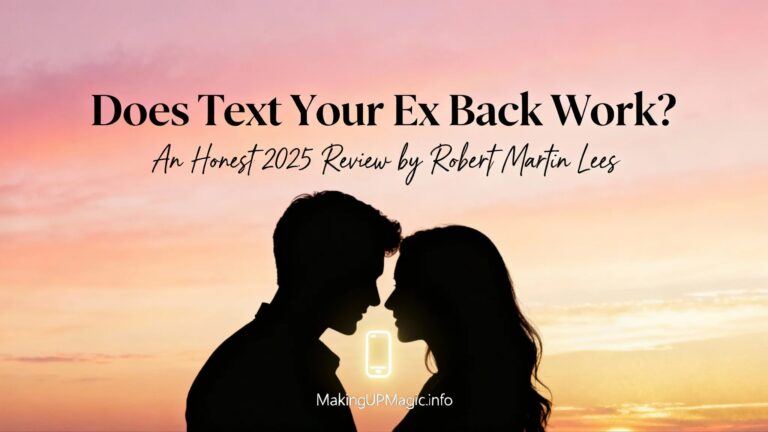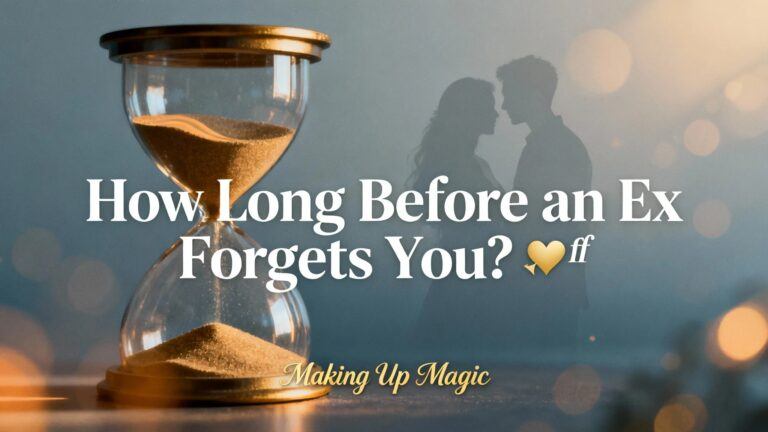“How long is this going to hurt?”
If you’re asking that, you’re not just looking for a number. You’re looking for permission. Permission to not be okay right now. Permission to feel like time has stopped while the rest of the world keeps spinning. I get it. I’ve been on that floor, convinced the ache would be a permanent part of my anatomy.
One minute you’re searching “how long to get over a breakup,” and the next, it’s 2 a.m. and you’re typing “how long before my ex misses me.”
Let’s start with the truth: You are not broken, and you are not behind schedule. The path to healing and the path to reconciliation are, for the most part, the exact same road. The most effective way to re-attract a healthy relationship with an ex is to first build a life you are genuinely happy with on your own.
This guide is your complete roadmap. We will cover the timeline for your own healing, the psychological timeline your ex is on, and the exact, actionable steps to take during this critical period to foster growth and maximize your chances of a healthy reunion.
First, get your bearings. The free 60-second Breakup Clarity Quiz will give you a personalized first step based on your unique situation.
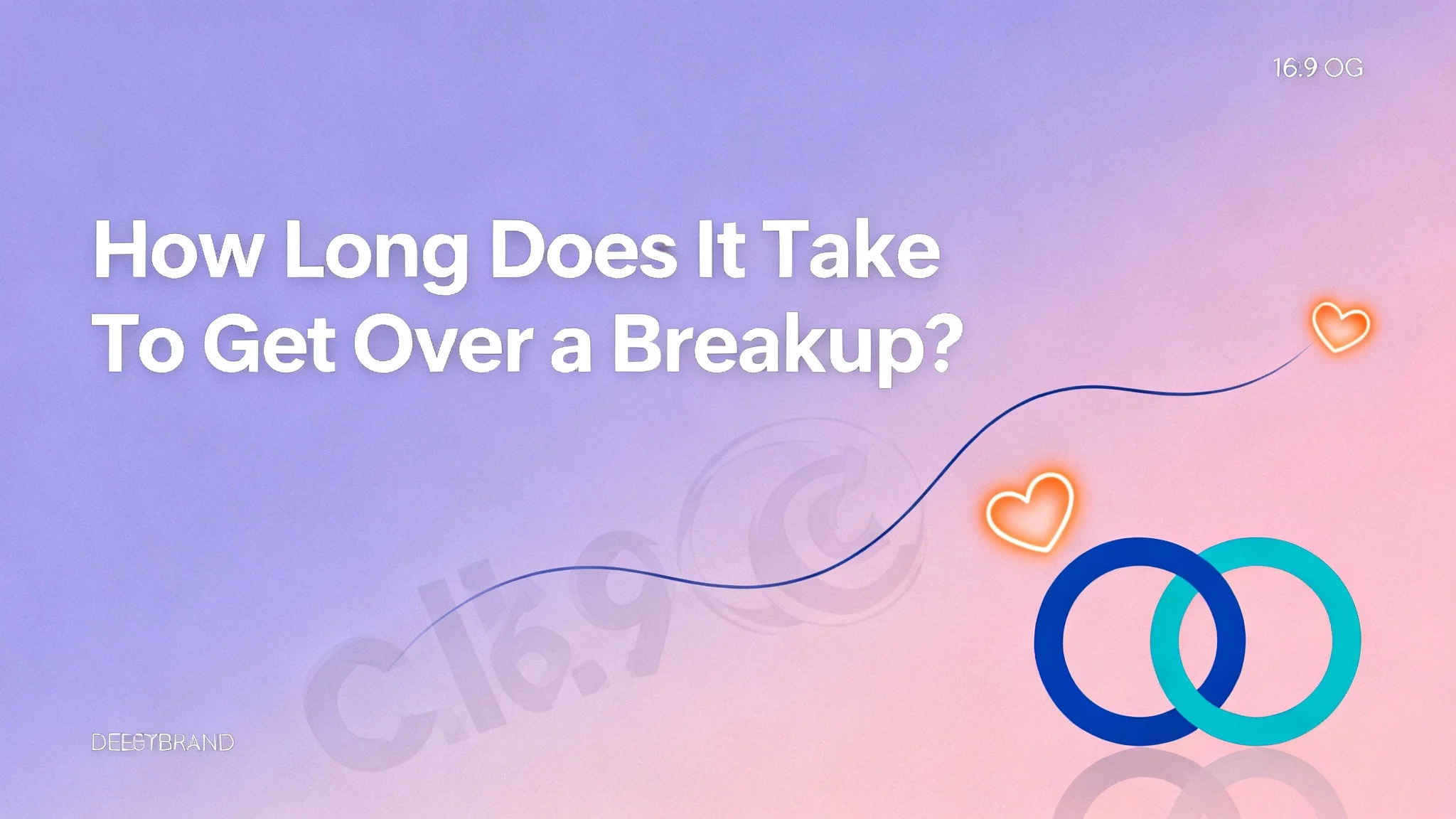
The Real Timeline: Healing vs. Reconciliation
Forget the “half the relationship length” rule. It’s a myth. Healing is not linear, but there are patterns. Here are the honest, gentle guardrails for your own healing journey.
- For shorter relationships (under 6 months): The initial storm usually calms within 3 to 8 weeks.
- For serious relationships (6-24 months): Expect to feel a significant, lasting shift around the 2 to 6-month mark.
- For long-term, entangled lives (living together, shared everything): This is a marathon. Give yourself grace for 6 to 12+ months of untangling and rebuilding.
Now, let’s look at the timeline from a reconciliation perspective, which is based on your ex’s emotional state.
| Timeline | What’s Happening | Reconciliation Likelihood |
|---|---|---|
| 0-2 Weeks | Relief phase for them, shock/pain for you. | 15% (usually rebounds) |
| 3-4 Weeks | Nostalgia and curiosity kick in for them. | 35% (peak curiosity) |
| 1-3 Months | Deep reflection and potential regret for them. | 45% (highest success window) |
| 3-6 Months | New life patterns are forming for both of you. | 25% (requires significant change) |
| 6+ Months | New identities solidifying; likely moved on. | <10% (major life changes needed) |
Key Insight: The 1-3 month window is the sweet spot where emotions have settled, but new habits haven’t become permanent. This is your prime window of opportunity.
Part 1: Your Healing Journey – 7 Factors That Control Your Timeline
Your healing isn’t random. It’s a direct result of these very real, very human dynamics. See which ones resonate the most.
- The Depth of Entanglement: You’re not just missing a person; you’re missing a universe. The shared Netflix password, the way they made coffee, the private jokes. The more your daily life was woven together, the more threads you have to gently re-knit.
- Your Attachment Style’s Alarm System: You know that frantic, heart-pounding feeling when you check your phone? That’s not weakness; it’s your attachment system screaming for safety. If you lean anxious, the silence feels like a threat. If you lean avoidant, you might feel “fine” for weeks, only to have the grief ambush you later.
- The Story of the Ending (Mutual vs. Blindsided): A blindsided breakup adds a layer of shock and re-traumatization. Your brain will want to replay the tape, searching for clues you missed. A mutual ending, while still painful, allows healing to begin from a place of acceptance, not confusion.
- The No Contact Variable: Every text, every social media check, every “accidental” run-in is like picking a scab. Following a clean No Contact rule isn’t a punishment; it’s about creating a sterile environment for your nervous system to heal without constant reinfection.
- Your “Nervous System First” Toolkit: You cannot think your way out of a physiological state. Consistent sleep, morning sunlight, daily movement, and proper hydration are non-negotiable. They regulate the cortisol and adrenaline that make the emotional pain feel so physically sharp.
- The Rebound Mirage: A rebound can feel like an oasis, but it’s often a mirage that leaves you thirstier than before. It numbs the pain but delays the processing. True healing happens in the quiet moments of self-reconstruction.
- The Ghosts of “Firsts”: The first birthday, the first holiday, the first time you hear “your song” in a grocery store. These grief ambushes are normal. Expect them, honor the pang of sadness, and gently guide your focus back to the present moment.
Part 2: Your Ex’s Journey – The 4 Emotional Phases They Go Through
Understanding these phases helps you know what’s happening in their mind and when they might be most open to reconnection.
Phase 1: Relief/Anger (Weeks 1-2)
- What they’re feeling: “I made the right decision. I feel free. They were the problem.”
- What they’re doing: Focusing on negatives, telling friends why they left, possibly celebrating their freedom.
- Your best approach: Complete no contact. Any attempt to reach out confirms their decision.
Phase 2: Curiosity/Missing (Weeks 3-5)
- What they’re feeling: “I wonder how they’re doing. That was actually kind of sweet when they…”
- What they’re doing: Checking your social media, asking mutual friends about you, remembering good times.
- Your best approach: Strategic, light contact if appropriate. Focus on showing positive changes.
Phase 3: Reflection/Regret (Weeks 6-12)
- What they’re feeling: “Maybe I was too harsh. What if I made a mistake? Could we have worked it out?”
- What they’re doing: Deeper self-reflection, possibly reaching out indirectly, testing the waters.
- Your best approach: Open but not desperate. Show growth and maturity.
Phase 4: Resolution/Moving On (3+ Months)
- What they’re feeling: “I’m okay without them. This is my new normal.”
- What they’re doing: Building new routines, possibly dating, creating a new identity.
- Your best approach: Major demonstration of change required, or acceptance that it’s time to move forward.
Part 3: Your Action Plan – How to Use This Time Wisely (Weeks 1-12)
The biggest mistake people make is passively waiting. Instead, use this time strategically to become someone worth coming back to.
Weeks 1-4: Foundation Building & Stabilization
- Your Goal: Survive the initial storm and stabilize your nervous system.
- Key Action: Complete no contact (unless you have children together).
- Daily Ritual: The 5-Minute “Tame the Overthinking” Journal
- Identify the Worry: Ask, “What is one specific thing I’m worried about today?”
- Plan a Self-Care Action: Ask, “What is one tiny, achievable thing I can do that is just for me?” (e.g., walk for 10 mins, listen to one song).
- Cue a Connection: Ask, “Who is one person I can connect with (even a simple text) to feel less alone?”
- Focus: Basic self-care: sleep, exercise, nutrition.
Weeks 5-8: Growth Phase & Rebuilding
- Your Goal: Shift from surviving to actively building a new, better version of yourself.
- Key Action: Start new activities or hobbies. Reconnect with friends and family you may have neglected.
- Weekly Ritual: The “Neuro-Reward” ResetYour brain is craving the dopamine hit your ex provided. You have to give it a new source. Once a week, do something novel: drive a different way home, try a new coffee shop, listen to a completely new genre of music. It helps build new neural pathways of independence.
- Focus: Address specific issues that contributed to the breakup (communication, insecurity, etc.) through books, courses, or therapy.
Weeks 9-12: Integration & Demonstration
- Your Goal: Solidify your growth and prepare for potential re-engagement from a place of strength.
- Key Action: Demonstrate changes through actions, not words (e.g., on social media, through mutual friends). Build a life you’re genuinely excited about.
- Milestones to Watch For (The Quiet Victories):
- The Shrinking Window: The wave of sadness still comes, but it no longer wipes out your entire day.
- The Return of “Future You”: You find yourself genuinely thinking about a goal that has nothing to do with them.
- The Neutral Memory: A memory pops up, and you observe it with warmth, not a sharp stab of pain.
- The Unsent Text: You type out a message… and then you delete it, realizing your peace is more valuable.
- Focus: If the time is right, consider strategic, low-pressure contact. Use these first-text scripts.
🎯 Want a Proven Timeline System?
Instead of guessing what to do each week, how Text Your Ex-Back works to provide a day-by-day plan that’s helped thousands navigate the reconciliation timeline successfully. It takes the guesswork out of timing and gives you specific actions for each phase of the process.
Part 4: Advanced Dynamics – Attachment Styles & Breakup Types
Not all breakups are created equal. Understanding these nuances gives you a massive advantage.
How Attachment Styles Affect Timing
- Anxious Attachment (25% of people): Timeline: 2-8 weeks for regret. They are quick to miss you but also quick to panic. Your best approach is consistent, patient reassurance without pressure.
- Avoidant Attachment (25% of people): Timeline: 3-6 months before they fully process. They initially feel relief and deactivate their feelings. Only when they feel safe and the pressure is off do they slowly realize what they lost. Your best approach is giving them genuine space.
- Secure Attachment (50% of people): Timeline: 1-3 months for a clear decision. They process emotions healthily and make rational decisions. Your best approach is direct, honest communication about changes and growth.
Setting Realistic Expectations by Breakup Type
- High Reconciliation Potential (60-80% success): Circumstantial breakups (distance, timing), stress-induced breakups, first major fights. Typical timeline: 2-8 weeks.
- Moderate Reconciliation Potential (30-50% success): Growing apart, trust issues that can be rebuilt, communication breakdowns. Typical timeline: 2-6 months.
- Low Reconciliation Potential (10-25% success): Fundamental value differences, repeated toxic patterns, cheating, abuse. Typical timeline: 6+ months, often never.
The Reality Check: When Waiting Becomes Wasting Time
Sometimes the kindest thing you can do for yourself is to stop waiting and start living. Here are the signs it’s time to shift focus:
- It’s been 6+ months with no positive signs of reciprocation.
- They’re in a serious new relationship (not a rebound that fizzled out).
- They’ve explicitly said “never” multiple times and their actions align.
- You’re not growing or healing because you’re stuck in waiting mode.
- Your mental health is suffering from the uncertainty.
The “6-Month Rule” is a healthy boundary: If you haven’t seen genuine progress toward reconciliation within 6 months, it’s time to shift your primary focus to your own healing and future.
Parables of Patience & Timing
Timelines and data are useful, but the heart understands stories. Here are three parables to guide your perspective during this waiting period.
The Parable of the Two Gardeners
Two gardeners were given identical seeds. The first gardener, anxious for results, dug up his seed every day to see if it was growing. He watered it obsessively, flooding the soil. The second gardener planted his seed, trusted the process, and focused on cultivating the soil around it—weeding, fertilizing, ensuring it got sun. The first gardener’s seed rotted from constant interference. The second gardener’s seed grew into a strong plant when the time was right.
The lesson: Your No Contact period is not about anxiously checking on their feelings. It’s about cultivating your own soil. Your growth is the only thing that will make a new relationship possible. Stop digging up the seed.
The Parable of the Kintsugi Bowl
A potter dropped his favorite bowl, and it shattered. Heartbroken, he could have thrown the pieces away. Instead, he learned the art of Kintsugi—mending broken pottery with gold lacquer. When he was finished, the cracks were not hidden; they were highlighted in gold, making the bowl more beautiful and valuable than it was before. The break was now part of its history and its strength.
The lesson: The breakup is a shattering event. Don’t pretend it didn’t happen. The goal of reconciliation isn’t to go back to how things were. It’s to use the lessons from the break (the gold) to build something stronger and more resilient.
The Parable of the Lighthouse
A lighthouse does not chase ships. It does not fire cannons to get their attention. It does not worry about the ships that are lost in the fog or sailing to other ports. It simply stands on its rock, tends to its own light, and shines. It is a beacon of stability. The ships that need its light will navigate toward it.
The lesson: During this time, your job is not to chase, convince, or persuade. Your job is to be the lighthouse. Tend to your own light—your health, your purpose, your joy. Be so rooted in your own worth that your energy becomes a stable, attractive beacon.
Comprehensive FAQ: Your Questions, Answered Honestly
Q: Does no contact really work, and how long should it last?
A: No contact works about 60% of the time when done correctly. The ideal length is 3-6 weeks for most situations. The key is using this time for genuine self-improvement, not just waiting by the phone.
Q: What if my ex starts dating someone else during this timeline?
A: About 70% of rebound relationships end within 3 months. Don’t panic, but do respect their choice. Focus on your own growth and avoid trying to compete. If it’s a genuine new relationship, you may need to extend your timeline significantly.
Q: My ex seems so cold and indifferent. Does that mean it’s over?
A: Not necessarily. This is often a hallmark of the “Relief/Anger” phase (Weeks 1-2). They are reinforcing their decision by focusing on the negatives. This coldness is often a defense mechanism. The true test is how they feel in the “Curiosity” and “Reflection” phases weeks later.
Q: What’s the single biggest mistake I can make during this timeline?
A: Breaking no contact for emotional reasons. Reaching out because you are lonely, sad, or anxious will almost always set you back. Every communication should be strategic and come from a place of strength, not neediness. Passively waiting instead of actively growing is a close second.
Q: Is it better to be friends with my ex first?
A: It can be, but it’s a very advanced and risky path. It only works if you can genuinely detach from the outcome and build a platonic connection. For most people, it becomes a “friend zone” trap where they endure the pain of seeing their ex move on. A clean break via no contact is almost always the better first step.
Q: Why are mornings and nights the absolute worst?
A: It’s physiological. Your cortisol (the stress hormone) is highest upon waking, triggering anxiety. At night, your brain is tired and has fewer distractions, allowing obsessive thoughts to loop. A calming morning and evening ritual is your best defense.
Q: How do I know if I’m stuck vs. just healing slowly?
A: Slow healing has a gentle forward momentum, even if it’s two steps forward, one step back. Being stuck feels like a loop. If your obsessive thoughts, anxiety levels, and compulsive behaviors are the exact same or worse after 90 days, it’s time to introduce a new pattern or seek professional support.
Final Truth: The most attractive thing you can do during any timeline is to build a life so fulfilling that reconciliation becomes a bonus, not a necessity. When you’re genuinely happy and growing, you become magnetic—and if they don’t come back, you’ll be okay either way.
💌 Ready to Take Control of Your Timeline?
Stop leaving your reconciliation to chance. Get clarity on your specific situation by taking the free 60-second Breakup Clarity Quiz. It will give you a personalized first step.

